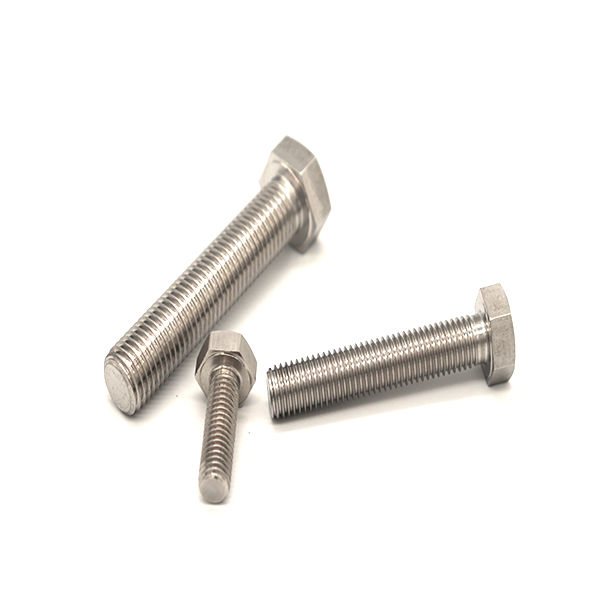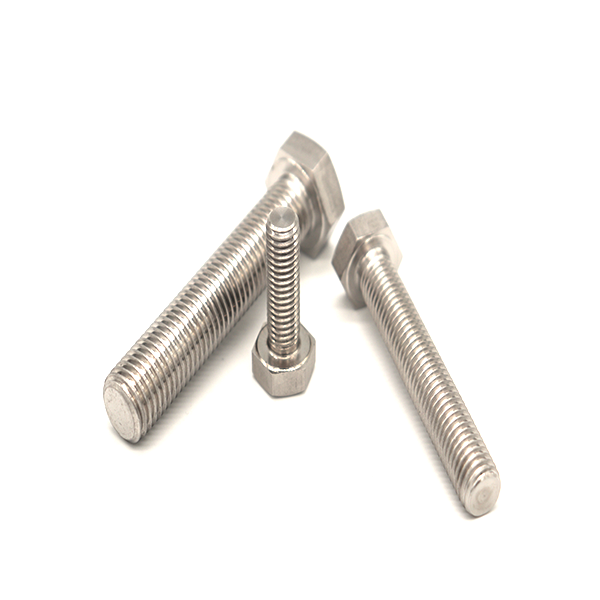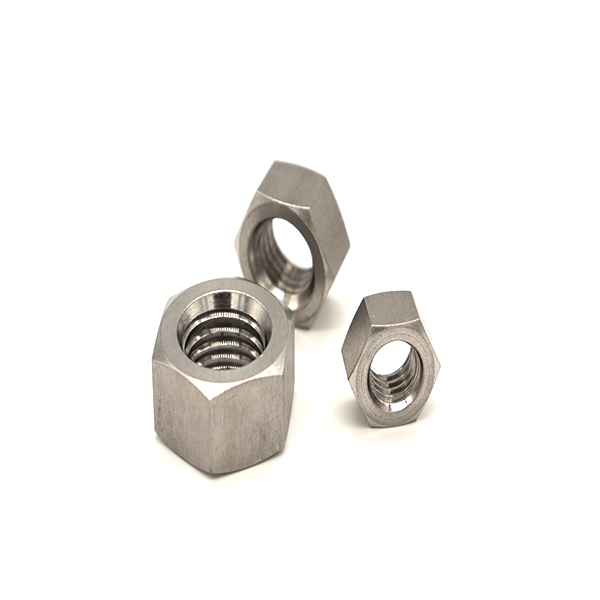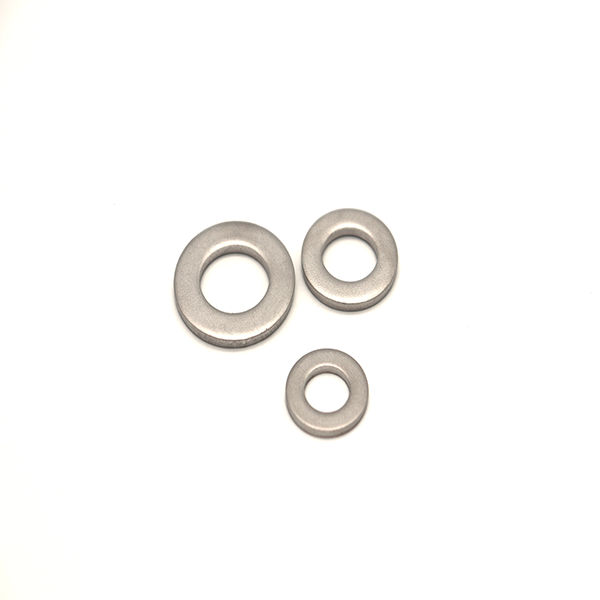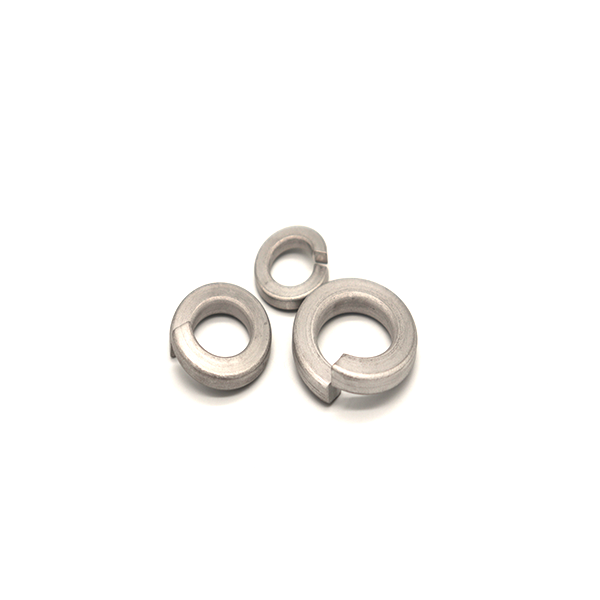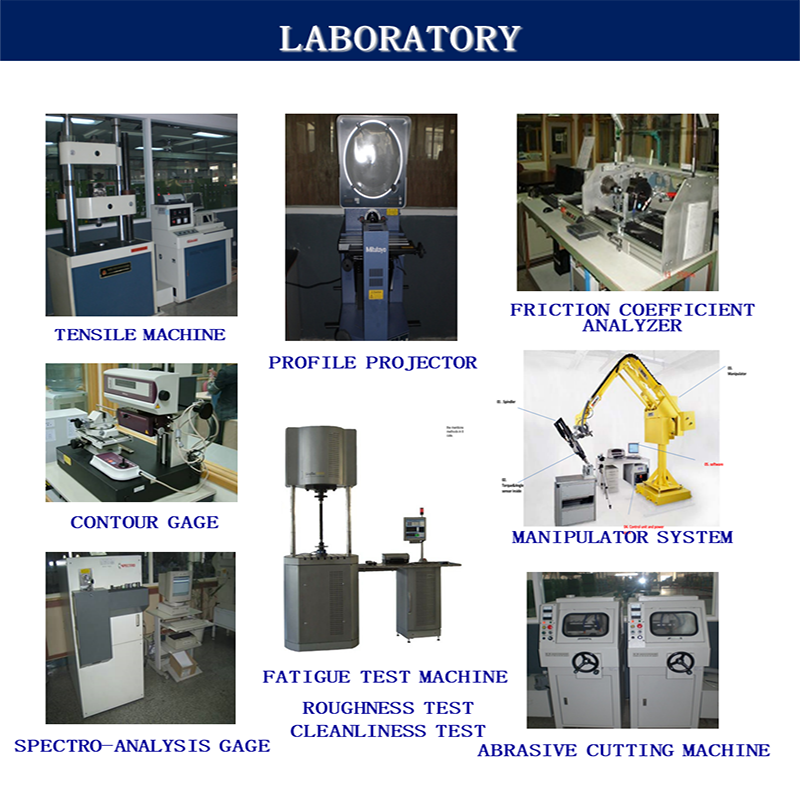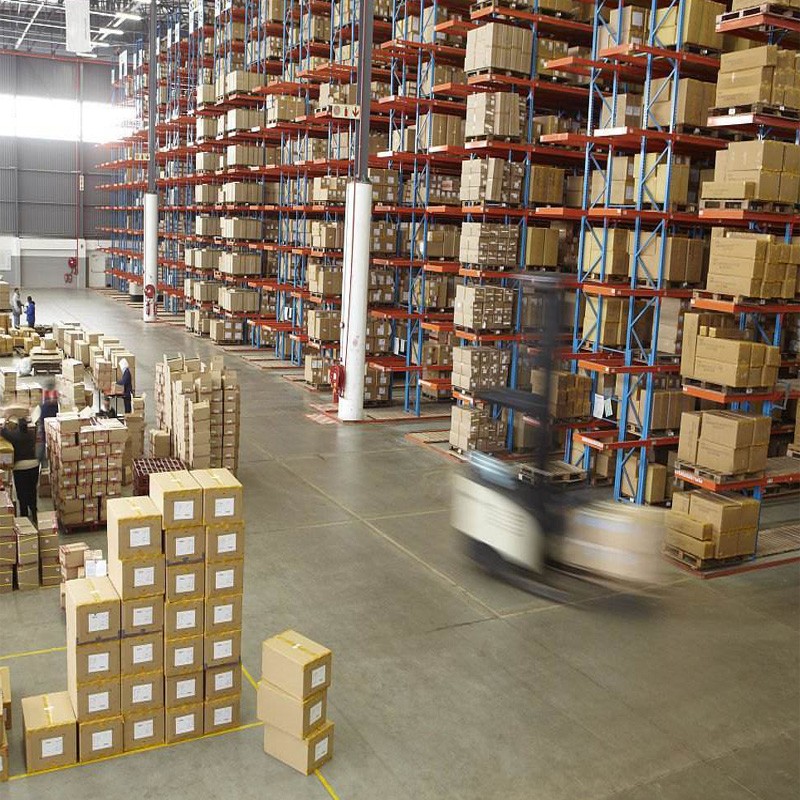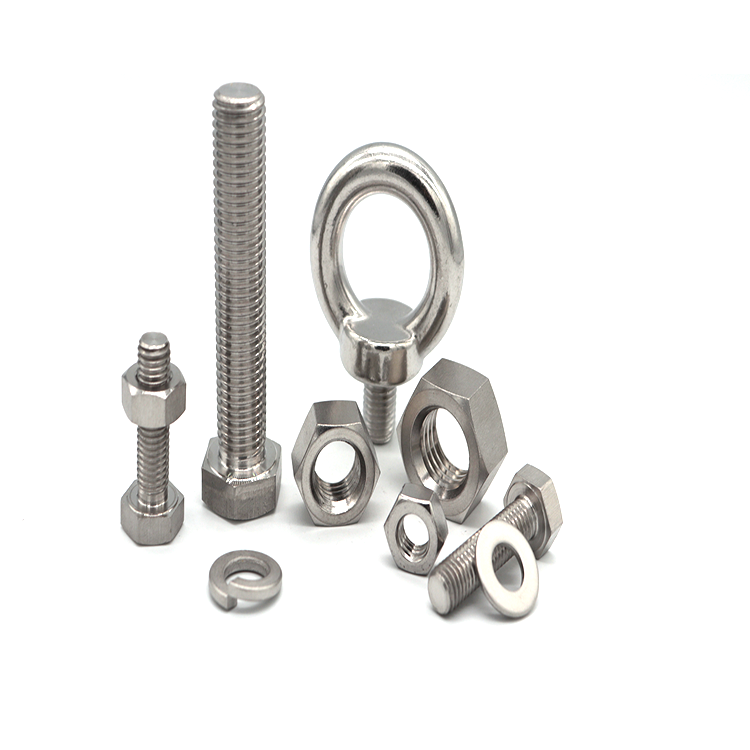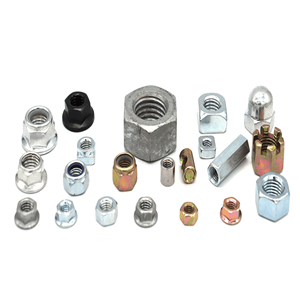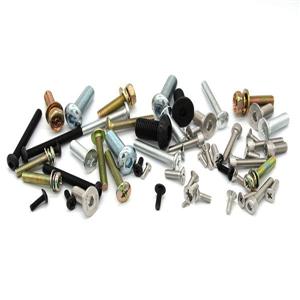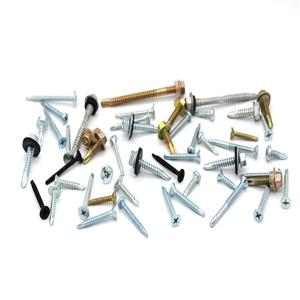Inconel Hex Bolt

- NEWSTARWDH
- CHINA
- 7-35 DAY
- 1000 TONS
Product name:Inconel Hex Bolts
Material: Inconel 600, Inconel 601, Inconel 625, Inconel 718, Inconel 725, Inconel X-750
Standard: ASME/ANSI B 18.2.1, IFI149,DIN931, DIN933, DIN960, DIN961, DIN558, ISO4014, ISO4017,ISO8765, ISO8676, JIS B1180
Measurement system: INCH, Metric
Size: 1/4”-3”, M5-M100
Thread: M, UNC, UNF
Uniform corrosion of inconel fasteners can occur in acidic or hot alkaline solutions. Through this mechanism, losses can be expected and allowed in the design. When the corrosion rate of inconel products is very slow, the metal is in a passive state, generally the corrosion resistance is better with a larger chromium content, but other solutes can be harmful.
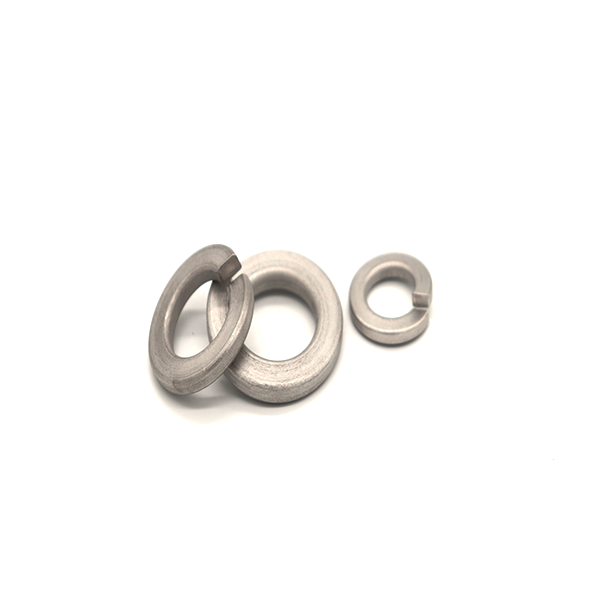
Product Brief
The uniform corrosion of inconel products can occur in acidic or hot alkaline solutions. Through this mechanism, losses can be expected and allowed in the design. When the corrosion rate of inconel products is very slow, the metal is in a passive state, generally the corrosion resistance is better with a larger chromium content, but other solutes can be harmful.
Inconel steel products in the chemical composition near the grain boundary can be changed by the recipeof chromium-rich particles. The resulting chromium-depleted zone at the grain boundary makes the 4cr13 stainless steel tube product vulnerable to intergranular anode attack, even under stress-free conditions.
Designation of inconel steel products means that 12% Cr content exceeds a little. Most stainless steels are based on Fe-Cr-C and Fe-Cr-Ni-C systems, but are also important other alloying elements.
Inconel steel products can be in several crystal forms, the most common of which is the presence of body-centered cubic (bcc) and face-centered cubic (fcc). In pure iron, the fcc structure still exists between 910 and 1400 ° C, and the body-centered cubic structure below and above this time interval (up to a melting temperature of 1539 ° C).
The importance of the transformation of metallurgy of inconel steel products at this stage cannot be overestimated. This conversion allows a wide range of microstructures to be achieved through controlled heat treatment. Essentially it is related to microstructure and mechanical properties, therefore, inconel steel products can get a very large range of strength, toughness, etc. The conventional production of inconel steel with 100 MPa and more than 1 GPA has a strong competitive strength. Therefore, the primary concern is the knowledge of the relative stability of the bcc and fcc structures of iron inconel steel.
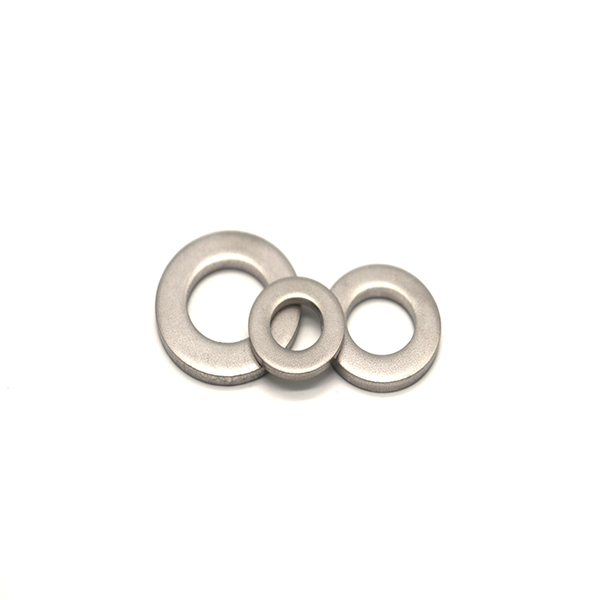
Physical properties
Density 7.99g / CC
Mechanical behavior
Hardness Tester, Rockwell B 79
Tensile strength, limit 558 MPa
Tensile strength, yield 290 MPa 0.2% YS
Elongation at break 50% 2 inches
Modulus of elasticity 193 GPA Tension
Modulus of elasticity 77 GPA torsion
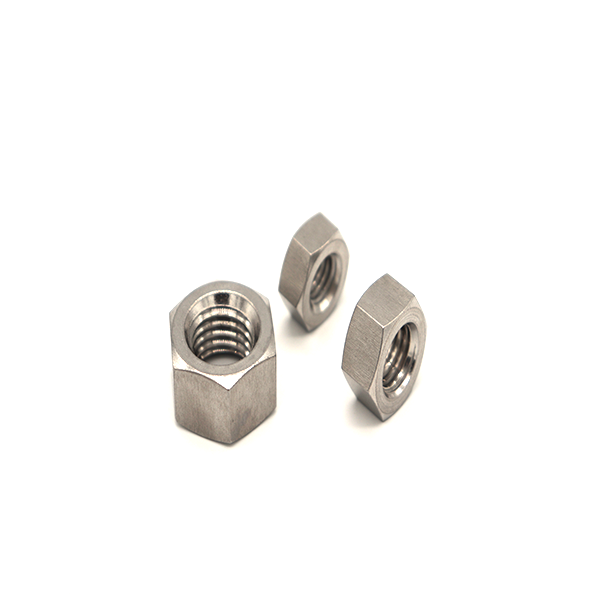
Thermal performance
Coefficient of thermal expansion, linear 20 ° C 16μm / m- ° C 0 to 100 ℃
Coefficient of thermal expansion, linear 20 ° C 19.9μm / m- ° C 871 ° C
Heat capacity 0.5 J / g- ° C 0 ℃? 100 ℃
Thermal conductivity 16.2 W / mK at 100 ° C
Thermal conductivity 21.4 W / mK at 500 ° C
Electrical performance
Resistivity, 7.40E-05 ohm cm
Magenetic penetration Max 1.02 H = 200 Oersted, annealed
Processing performance
Melt temperature 1371 ° C to 1399 ° C
